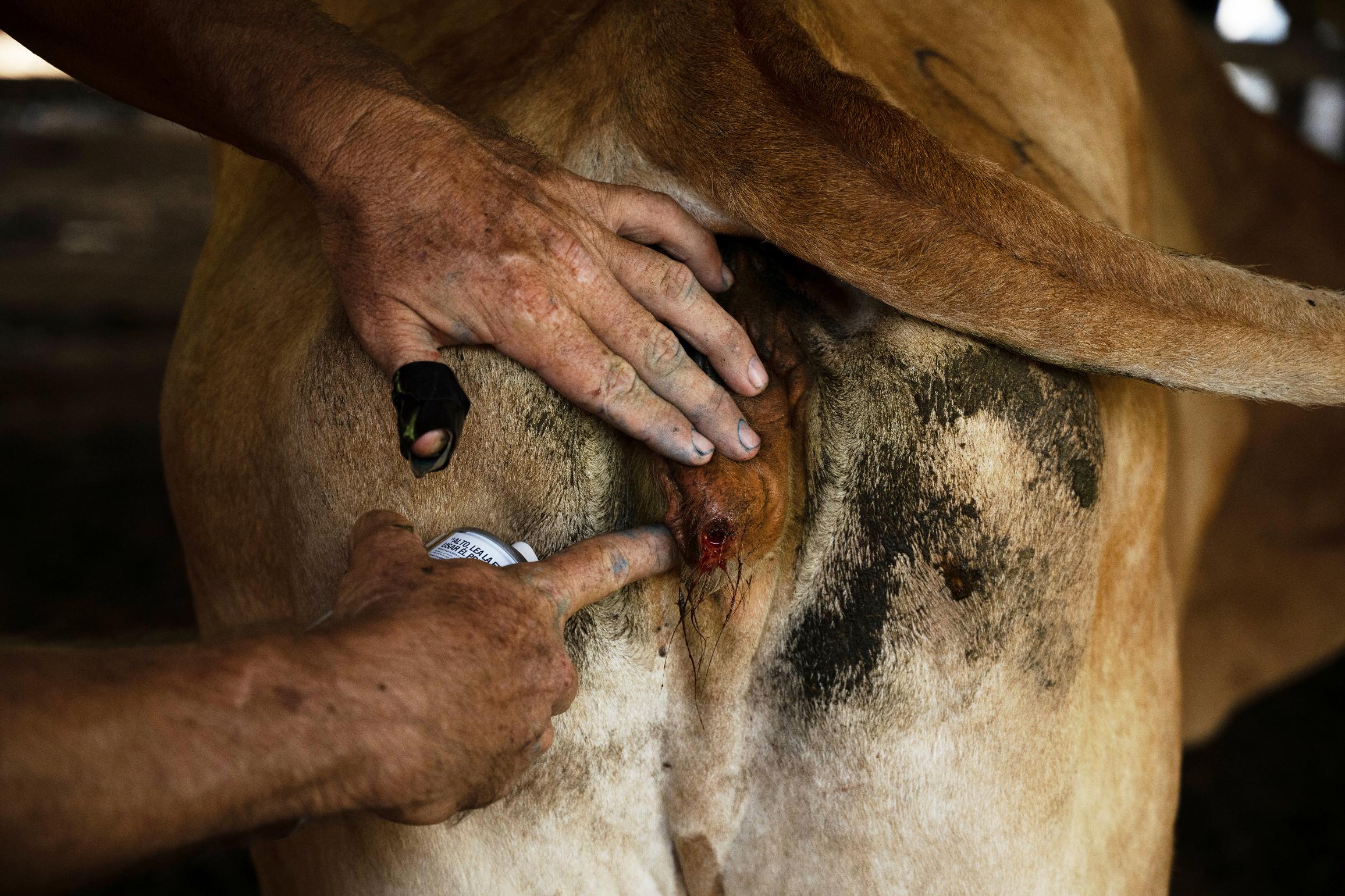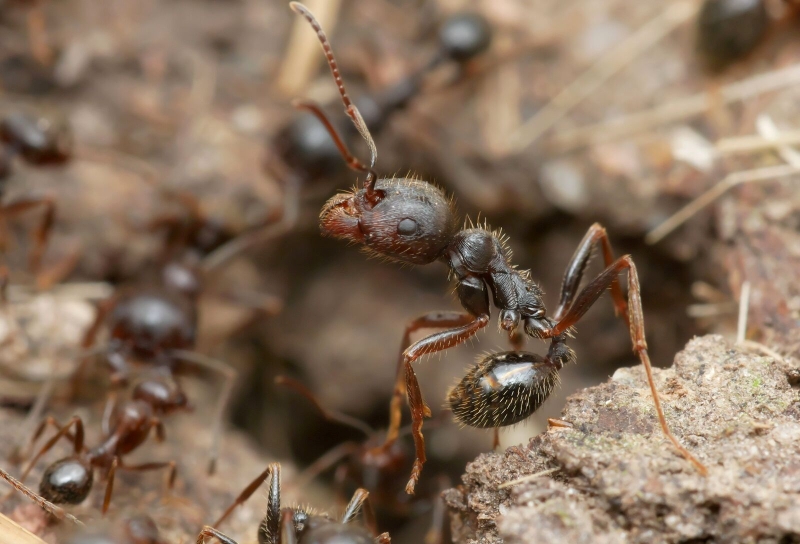Ranchers across southern Mexico are facing a growing agricultural emergency as a parasitic outbreak wreaks havoc on their herds. A dangerous flesh-eating organism, known to burrow into the tissue of animals, is rapidly spreading across several regions, threatening the economic stability of farming communities and endangering the health of livestock on a large scale.
The parasite, scientifically identified as Cochliomyia hominivorax, is the larval form of a type of fly that lays its eggs in open wounds or mucous membranes. Once hatched, the larvae feed on the living tissue of their host, causing severe infections that, if untreated, can lead to permanent damage or death. While cases have been sporadically reported in the past, the current surge in infections is unprecedented in recent years.
For numerous small and mid-size cattle ranchers in regions like Chiapas, Oaxaca, and Tabasco, raising livestock is crucial for local economies. The animals provide not only financial benefits but also are an essential part of the area’s food supply network. The return of this parasitic problem has significantly challenged farmers who are already dealing with increased feed expenses, unpredictable climate patterns, and scarce veterinary resources.
Farmers are reporting mounting losses as infected animals succumb to the parasite. Infected wounds often lead to necrosis, and animals exhibit signs of intense suffering—rendering them unfit for sale or consumption. In worst-case scenarios, entire herds have had to be euthanized to contain the spread. As a result, some ranchers are considering leaving the trade altogether, as the cost of mitigation outweighs potential profits.
One of the main difficulties in managing the outbreak is the lack of cost-effective and efficient treatments. Numerous farmers work in isolated regions with restricted access to certified veterinarians or animal health initiatives supported by the government. Typically, treatment requires a mix of wound care, topical treatments, and occasionally, systemic antiparasitic drugs. Nevertheless, these options are not always available to small-scale farmers with limited financial resources.
Moreover, prevention requires vigilance and infrastructure that many producers lack. Simple practices like early wound detection, isolation of affected animals, and the use of insect repellents are difficult to implement consistently on understaffed farms. Without coordinated support from agricultural authorities, the burden of managing the crisis continues to fall squarely on the shoulders of local farmers.
Beyond its economic toll, the outbreak poses ecological and potential public health risks. While the parasite primarily targets livestock, it is also capable of infecting wildlife and, in rare instances, humans. In rural communities with limited access to healthcare, an untreated wound exposed to the fly can become a serious medical issue.
The reemergence of this parasite also raises concerns about the broader environment. Climate change and shifting weather patterns may be contributing to conditions more favorable for the flies to breed and expand their geographic range. In addition, deforestation and habitat fragmentation can bring wildlife, livestock, and human populations into closer contact, increasing the chances of transmission.
Mexican agricultural authorities have acknowledged the outbreak and have begun implementing targeted response measures. These include surveillance programs, distribution of medications, and public awareness campaigns on how to identify and treat infections. However, critics argue that the response has been uneven and reactive rather than preventative.
Historically, Cochliomyia hominivorax was almost completely eliminated in certain regions of Latin America thanks to a joint binational initiative involving the release of sterile flies. This program introduced sterilized male flies to the natural surroundings to curb their reproduction. Some specialists are advocating for the reconsideration of this approach, particularly in areas with elevated risk where standard control measures are not delivering results.
Meanwhile, regional groups and cooperatives are taking action where possible, combining resources and exchanging insights among farmers to lessen harm. These community-driven initiatives, although admirable, might fall short in preventing the expansion without wider organizational support.
The impact of the outbreak might reach beyond the boundaries of Mexico. Being a significant exporter of beef and various livestock goods, any notion of uncontained disease outbreaks could threaten trade deals and global certifications. Buyers in nations with rigorous health regulations could postpone or halt imports until they receive guarantees of control.
This possibility puts additional pressure on government agencies to act swiftly and transparently. It also highlights the importance of maintaining strong biosecurity measures in livestock sectors, not only to protect domestic markets but also to safeguard cross-border economic relationships.
Despite the adversity, many ranchers remain committed to preserving their livelihoods. For generations, cattle raising has been a cultural and economic cornerstone in southern Mexico. But without significant support—ranging from access to veterinary care and training to the reintroduction of regionally adapted pest control programs—this way of life is at risk.
Tackling the spread necessitates a synchronized, multi-level approach. This involves the prompt isolation of ongoing cases, funding for long-range preventive actions, and cooperation among local communities, national bodies, and global health agencies.
Faced with an increasing threat from parasites, the determination of Mexico’s ranchers is clear. However, determination by itself cannot replace taking action. To protect cattle and the economic well-being of communities, making a new commitment to enhance animal health systems, environmental care, and rural progress is not only crucial—it is also immediate.





